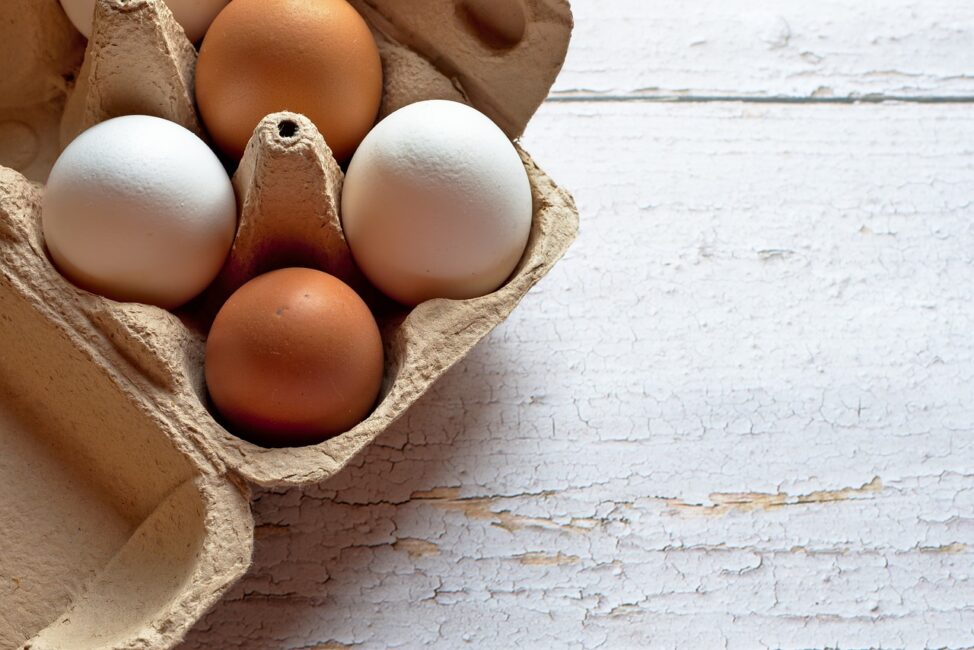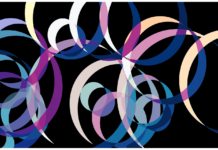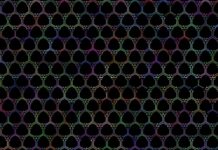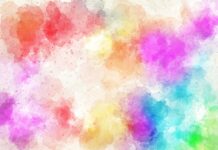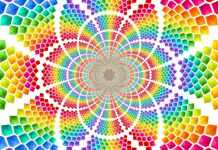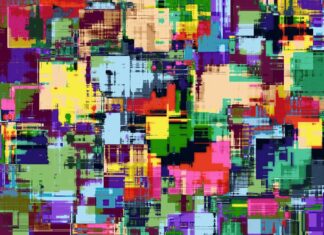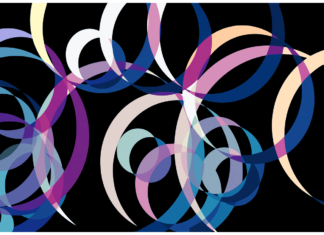Creating an effective packaging design is essential for any product – but it can be tricky to start. This blog post will cover the basics of packaging design, from understanding your audience to choosing suitable materials. By the end, you’ll better understand how to approach your packaging design projects. Read on to get started.
Define packaging design and its purpose
Packaging design is the art and science of wrapping attractive, informative, and protective products. It combines form, color, texture, typography, and other elements to help create a unique look across all platforms, from retail store displays to delivery vehicles. Packaging design communicates a brand’s story with cohesive visuals while ensuring that the product is stored safely inside. Packaging design can have a powerful impact by increasing customer engagement with a product and ultimately driving sales. If you want more product packaging ideas, you can get help from a professional product packaging designer. They will be able to guide you in the right direction and provide helpful advice.
Understand the different types of packaging materials
Packaging is an essential part of any product, helping to transport and protect it during shipment or sale. Understanding the different types of packaging materials is critical, as each offers unique benefits and drawbacks. Depending on your product and needs, you might choose cardboard or corrugated boxes for rigid protection, plastic wrapping for water resistance, thick fibers for insulation, bubble cushioning wrap for shock absorption, and more. To ensure your product can stay secure throughout its journey from warehouse to store shelf or customer doorstep, researching the most suitable material is paramount.
Choose materials that work with your product.
Selecting suitable materials to use in packaging is a critical step in the design process. After all, the box or container must be strong enough to protect the product during transit and storage and have an aesthetically pleasing look. Two of the most popular materials used in packaging design are cardboard and plastic. Cardboard is excellent for sturdy, lightweight protection, while plastic offers a waterproof barrier to protect against moisture. Moreover, you’ll also want to consider the material’s cost-effectiveness, durability, recyclability, and ease of use when making your selection.
Consider the factors that go into designing adequate packaging.
One of the critical elements to consider when designing adequate packaging is providing customers with easy access to the information they need. This means including all essential details like ingredients, weight, expiration dates, and any other relevant information that can help make a purchase decision. Additionally, it is necessary to keep in mind the brand image of your product when creating its packaging design. Durable and aesthetically appealing packages evoke a sense of premium quality, while simple yet functional designs denote affordability and reliability. People tend to draw assumptions about product quality based on these elements, so investing in an engaging packaging design can be worthwhile for companies wanting to promote their products. Finally, satisfying customer needs should be paramount when designing packaging – it should protect the contents yet still be user-friendly and easy to store or transport.
Learn about the printing process and how it affects packaging design
Understanding the printing process and its capabilities are essential for packaging design. It allows designers to explore ideas that can create a unique, tactile experience for customers when they pick up and interact with product packaging. Within the printing process, different methods offer varying degrees of color vibrancy, texture, material selection, and cost-effectiveness. Other materials also affect how well ink adheres to the surface and how vibrant it appears once printed. Designers need to understand these elements to develop an effective design solution that meets all of a brand’s needs while still providing a result that stands out on shelves or in mailboxes.
Get tips for creating your unique packaging designs.
Designing the packaging for a product can be one of the most exciting but challenging parts of launching it. It must stand out on store shelves, convey the product’s key message, and accurately reflect its content. A unique and thoughtfully-crafted design will make your product more memorable to customers and help set it apart from competitors. Fortunately, numerous tips are available to guide you through this process. By hiring a packaging solution to craft distinctive packaging that embodies ‘Who we are at SupremeX,’ we are able to elevate our brand and leave a lasting impression on our customers.
Start with research. Take time to explore what is currently on the market, see what works and what doesn’t, investigate trends in design styles, and come up with creative ideas that fit your brand aesthetic. If you see your competitors using the same packaging, find ways to differentiate your design. Also, remember that less is more when it comes to packaging. Keep your design simple and focus on quality over quantity. Utilize negative space to create an impactful statement and avoid competing with other elements like illustrations or logos. Minimalistic designs can be incredibly effective, too – they often look sleek and refined.
Furthermore, leverage color psychology. Select colors based on their emotional impact to maximize consumer appeal. The proper font choice can also make all the difference between subtle elegance and loud chaos — try to get as much value from as few words as possible. Also, use high-quality materials. Make sure the packaging looks professional by using sturdy construction-grade cardboard or plastic instead of flimsy materials that won’t protect your items during delivery. Protect your products from the elements with water-resistant materials and utilize cushioning like foam or paper to ensure the items inside are safe. Your packaging should also be tamper-proof, so customers know they can trust what’s inside. Finally, don’t forget to include relevant information about the product, such as ingredients, instructions for use or assembly, storage instructions, etc. With these tips, you can create custom designs like a pro.
Packaging design is an essential tool that helps businesses sell their products. By understanding the different types of packaging materials and the factors that go into designing adequate packaging, you can create unique designs that stand out from the competition. The printing process is also a critical factor to consider when designing your packaging, as it will affect your product’s overall look and feel. Keep these tips in mind when creating your packaging designs, and you’ll be sure to impress potential customers.



